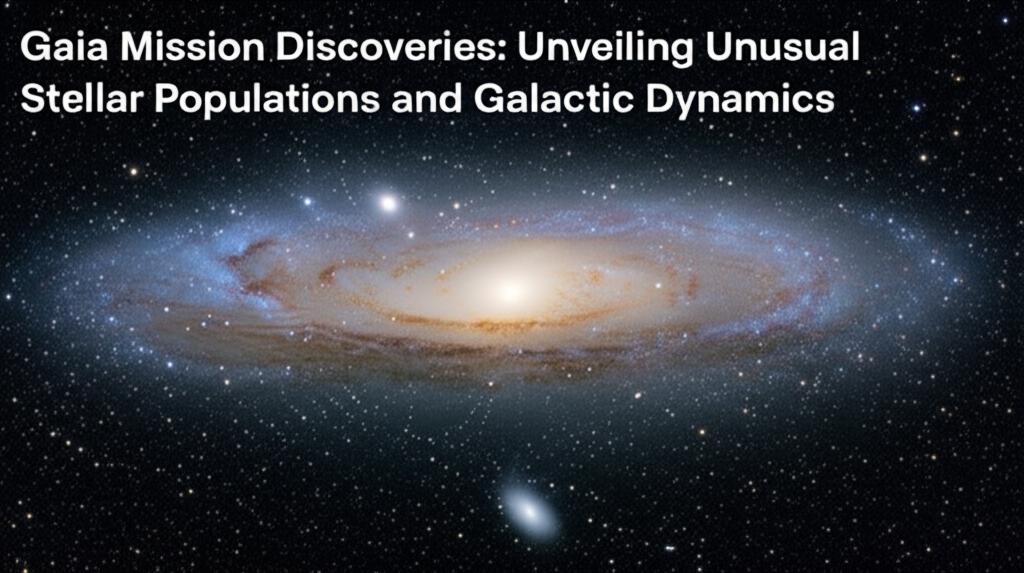The European Space Agency's Gaia mission continues to revolutionize our understanding of the Milky Way galaxy, providing an unprecedented wealth of data on the positions, motions, and properties of billions of stars. This information has been instrumental in uncovering unexpected stellar populations and refining our knowledge of galactic dynamics, painting a more complex and vibrant picture of our cosmic home.
Recent analyses of Gaia's data have brought several unusual groups of stars into sharper focus. Scientists have identified ancient stars with extremely low metallicity, relics from the early universe, offering clues about the conditions and processes that shaped the first stellar generations. These "metal-poor" stars are often found in the galactic halo, but Gaia's precision has helped locate them in other regions as well, challenging existing models of galactic formation.
Gaia has also provided invaluable insights into the populations of white dwarfs, the dense remnants of stars like our Sun. The mission's ability to measure their temperatures, masses, and motions with high accuracy has led to the discovery of peculiar white dwarf types and binary systems, some of which could be progenitors of Type Ia supernovae – crucial "standard candles" for measuring cosmic distances. Furthermore, detailed studies of white dwarf populations are refining our understanding of stellar evolution's final stages and the age of different galactic components.
The mission's keen eye has extended to the very youngest stars as well. Gaia's data is transforming our view of stellar nurseries, revealing intricate details about how star-forming regions are structured and how young stellar clusters disperse over time. This includes identifying previously unknown co-moving groups of young stars, shedding light on the efficiency of star formation and the early dynamical evolution of stellar systems.
Beyond individual stars and small groups, Gaia is profoundly impacting our understanding of the Milky Way's overall structure and motion. The mission has meticulously mapped out stellar streams – the remnants of smaller galaxies or globular clusters torn apart by the Milky Way's gravitational pull. The discovery and characterization of new streams, as well as the detailed study of known ones like the Sagittarius stream, provide a fossil record of our galaxy's tumultuous merger history. These observations offer direct evidence of hierarchical galaxy formation, a cornerstone of modern cosmology.
Gaia's measurements of stellar motions have also provided the most detailed view yet of the Milky Way's bar – a massive, elongated structure of stars and gas at the galaxy's center – and its influence on surrounding stars. The dynamics of stars orbiting near the bar, and its interaction with spiral arms, are being unraveled with increasing precision, helping to explain how these large-scale structures form and evolve.
Furthermore, the mission is contributing significantly to the study of dark matter, the mysterious substance that makes up most of the galaxy's mass. By precisely measuring the motions of stars, especially those far from the galactic center, astronomers can infer the gravitational field of the Milky Way and thus the distribution of dark matter more accurately than ever before. Recent findings continue to refine models of the dark matter halo surrounding our galaxy.
The ongoing analysis of Gaia's ever-growing dataset, including anticipated future data releases, promises even more groundbreaking discoveries. We are learning that our galaxy is not a static island of stars, but a dynamic, evolving entity, constantly shaped by internal processes and external interactions. Gaia's ability to chart the motions and properties of vast numbers of stars across different galactic environments continues to unveil the unexpected, challenging theories and paving the way for a deeper comprehension of stellar populations and the grand ballet of galactic dynamics.

